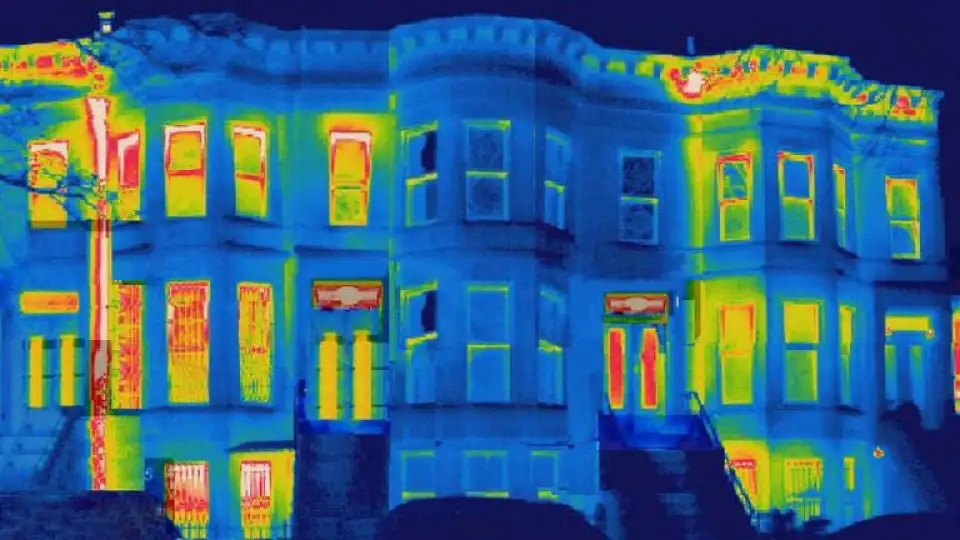
Brick Underground recently noted that more and more New Yorkers are becoming interested in the Passive House standard as a way to shrink their carbon footprint. To help educate their readers and to debunk some myths associated with Passive House, Brick Underground reached out to a few experts in the field. What they learned from that outreach will sound familiar to Passive House Accelerator readers:
Passive House homes are heavily insulated and airtight, which reduces heating and cooling costs. “You only have to turn the heat on a few times during the winter, or maybe only at night,” according to Michael Ingui of Baxt Ingui Architects.
The reduction in heating or cooling load is so significant that owners can eliminate many large (and costly) HVAC systems. Most homes are merely equipped with small, wall-mounted heating units that they rarely need to use.
The airtight building envelope leads to superior air quality because homes that are Passive House certified necessarily include mechanical ventilation systems. They only allow filtered air into the building. According to Andreas Benzing, President of NY Passive House, “The entire volume is exchanged every three hours.”
According to the homeowners, benefits of Passive House include:
Superior air quality. “There’s a crispness that’s very refreshing,” said one owner.
A consistent temperature throughout the home.
Noise reduction.
Reduced dust and allergens.
Energy savings of up to 80 percent.
There’s much more to the article. You can check it out here.
[Thermal image above of Passive 154 Brooklyn is courtesy of Zola Windows.]